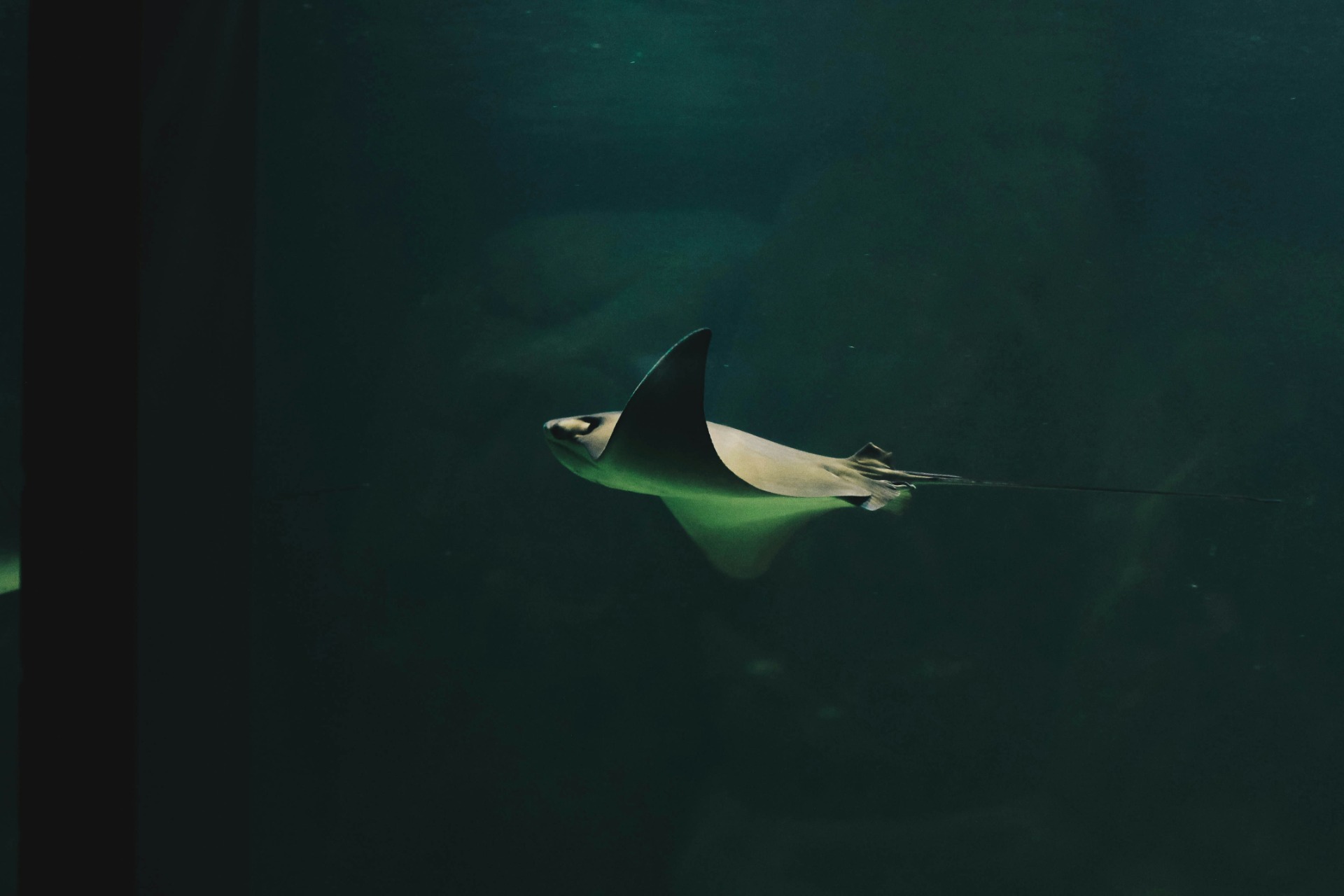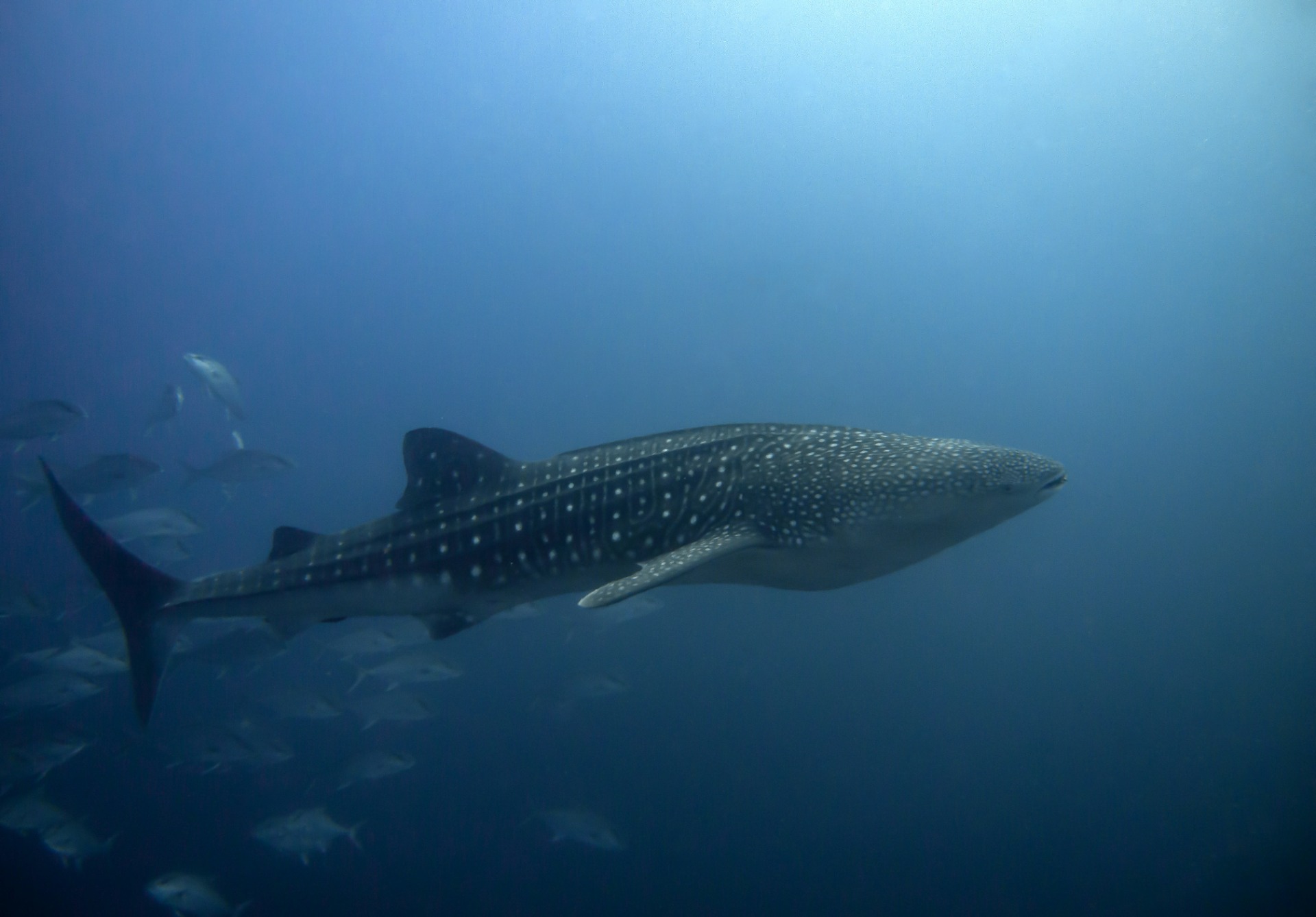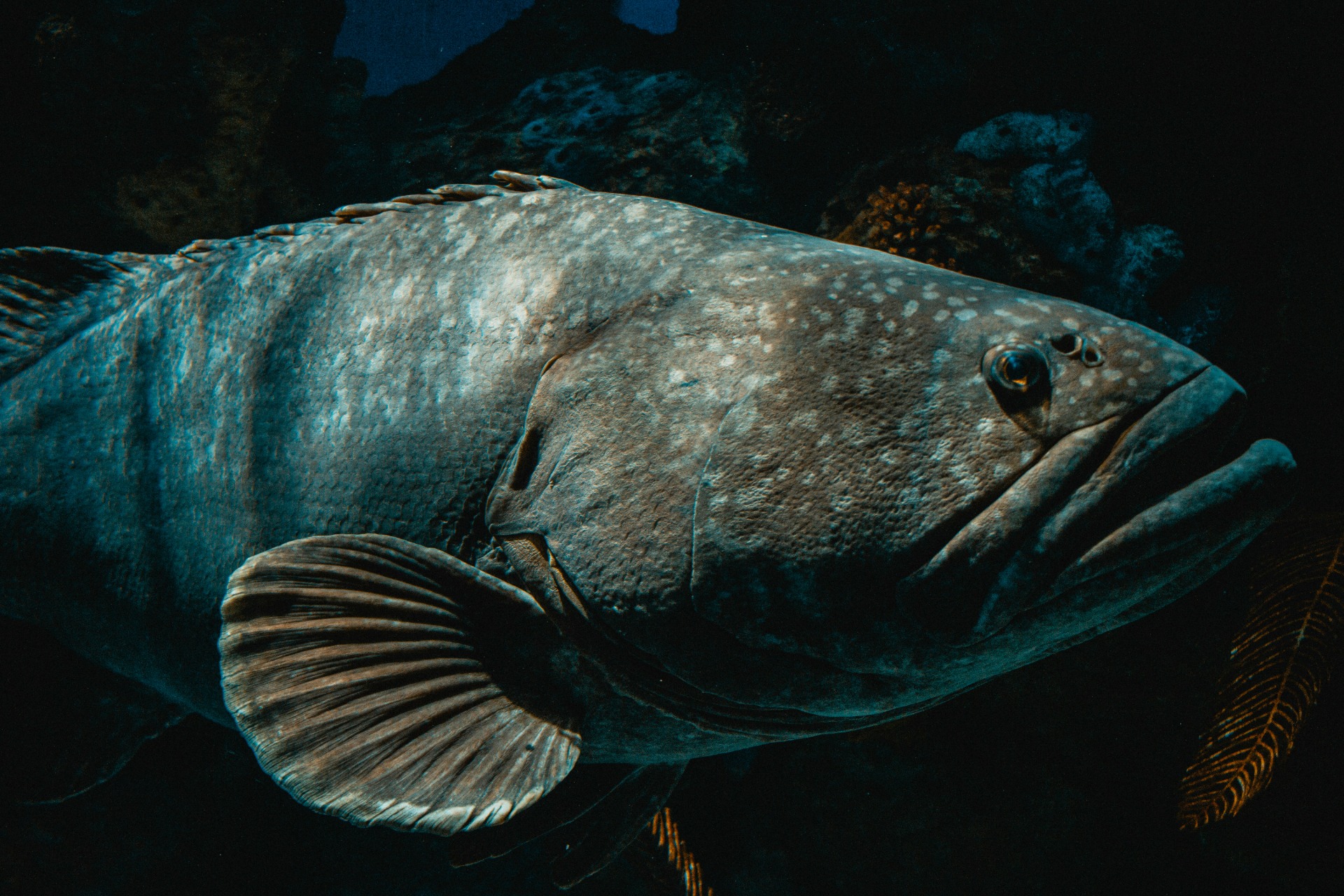
Mozambique channel - biodiversity hotspot
Biodiversity Hotspot: An Ocean of Extraordinary Life
The Mozambique Channel (MC) is far more than a maritime transit route; it is a profound ecological reservoir recognized globally as one of the world's most outstanding marine biodiversity areas. This dynamic waterway, particularly its Northern segment (NMC), is famously considered the second tropical biodiversity hotspot on the planet, surpassed only by Southeast Asia's Coral Triangle.
This extreme concentration of life is driven by the channel's unique and complex oceanography. The MC is one of the most turbulent regions globally, dominated by energetic mesoscale eddies and gyres. These circulating currents enhance nutrient transfer, connectivity, and retention of species within the channel, creating a stable biological environment that promotes high species accumulation, genetic diversity, and resilience.
Mozambique Channel as a Global Hotspot for Coral and Coastal Life
The foundation of the Mozambique Channel's biological wealth rests on its vast and diverse coastal ecosystems, particularly its coral reefs, mangroves, and seagrass beds.
A Global Center for Coral Diversity
The MC contains roughly 35% of the entire Indian Ocean's coral reefs. The Northern Mozambique Channel is home to the highest diversity of corals in the central, northern, and western Indian Ocean.
- Diversity : The channel boasts over 400 species of hard corals, a diversity estimated to be second only to the Coral Triangle. The total number of coral species in the region may approach 450, comparable to the Great Barrier Reef. This high coral richness appears protected by the unique oceanographic conditions, including currents and eddies, as well as less exposure to storms.
- Key Coral Areas: Important tropical coral reefs are found in the Northern Mozambique Channel. The Quirimbas Archipelago in Cabo Delgado Province contains largely intact reefs and some of the most species-diverse coral reefs in the region.
- Unique Phenomena: The reefs around Vamizi Island (in the Quirimbas Archipelago) exhibit a phenomenon unique to the Western Indian Ocean: a synchronous mass-spawning event of Acropora coral species, likely contributing to the high resilience of those reefs.
- Reef Health: Despite their importance, reefs face major threats from global stressors such as climate change (manifesting as recurring bleaching events) and local pressures like unsustainable fishing and coastal development.
Essential Coastal Habitats
The Mozambique coastline supports crucial coastal habitats essential for marine life:
- Mangroves: Approximately 60% of eastern Africa's remaining mangrove forests are found in Mozambique, offering excellent habitat and tremendous ecosystem services, including providing habitat for birds and turtles.
- Seagrass Beds: These highly productive areas serve as vital nursery and foraging habitats for fish and turtles. Critically, the seagrass beds, particularly those in the Bazaruto Archipelago, support the largest population of the Vulnerable dugong (Dugong dugon) in East Africa.
The Migratory Giants: Great Whales of the Mozambique Channel
The Mozambique Channel is a major marine mammal migratory corridor and a prime feeding and nursing ground. The rich and varied marine habitats, encompassing coastal, reef-associated, and deep oceanic waters, support an extraordinary diversity of cetaceans. At least 20 species of marine mammals are known to occur in the Central Mozambique Channel and Western Madagascar area alone.
Majestic Whales
The deep pelagic waters of the MC are a critical migratory route for several threatened species of great whales:
- Humpback Whales (Megaptera novaeangliae): The channel is a well-documented breeding area. Humpback whales migrate north from the Southern Ocean during the austral winter (typically July to November) to calve and mate in the warm waters off Mozambique.
- Blue Whales: The channel serves as a migratory corridor for multiple subspecies, including the Critically Endangered Antarctic blue whale (Balaenoptera musculus intermedia) and the Endangered pygmy blue whale (Balaenoptera musculus brevicauda), particularly detected between April and January.
- Sperm Whales (Physeter macrocephalus): These Vulnerable deep-sea divers are known to occur in the deep offshore waters of the channel.
- Other Species: Also present are the Endangered sei whale and Vulnerable fin whale. A notably resident, non-migratory population of Omura's whales has been identified off the northwest coast of Madagascar, within the channel.
Diverse Dolphins and Dugongs
Coastal waters are home to numerous dolphin species:
- Dolphins: At least 17 cetacean species have been recorded around Mayotte, including spinner dolphins, pantropical spotted dolphins, and Indo-Pacific bottlenose dolphins. Other commonly observed species include the false killer whale, short-finned pilot whale, and common dolphin.
- Threatened Dolphins: The Endangered Indian Ocean humpback dolphin (Sousa plumbea) is a vulnerable species found in the nearshore and coastal waters of Mozambique and Madagascar.
- Dugongs: Mozambique hosts the largest population of the Vulnerable dugong (Dugong dugon) in East Africa, predominantly restricted to the Bazaruto Archipelago. They feed in seagrass beds.

.
Mega-Sharks, Manta Rays, and Turtles
The Mozambique Channel's exceptional concentration of plankton and nutrients attracts enormous filter feeders and key migratory reptiles.
Whale Sharks and Manta Rays
The waters off the Mozambique coast, particularly around Tofo Beach on the Inhambane Peninsula, are world-renowned for encounters with both whale sharks and manta rays. This area is sometimes referred to as "Whale Shark Alley".
- Whale Sharks (Rhincodon typus): The largest fish in the world are filter feeders frequently sighted year-round off the Inhambane Peninsula. Their movements highlight the importance of the southern MC as a migration route.
- Manta Rays: Divers consider the sea off the Inhambane Peninsula one of the best places globally to see these graceful creatures, with cleaning stations like Manta Reef providing spectacular interactions. Researchers in Tofo identified a new species, the giant manta, capable of reaching a wingspan of up to 7 meters.
Sharks and Elasmobranchs
The Channel supports diverse shark populations, including apex predators and schooling species.
- Diversity: Sharks, including bull, hammerhead, and tiger sharks, thrive in the coastal waters of the Bazaruto Archipelago.
- Remote Sanctuaries: Europa Island, a remote Marine Protected Area in the southern MC, is considered highly important for shark conservation. Surveys documented 15 shark species there.
- Key Shark Species: Common sightings at Europa include the Galapagos shark (Carcharhinus galapagensis) and large, schooling groups of scalloped hammerhead sharks (Sphyrna lewini). The lagoon at Europa Island serves as a nursery ground for the blacktip reef shark (Carcharhinus melanopterus).
- Rays: The region is home to the rare, deep-water smalleye stingray, considered the largest in the world.
Sea Turtles
The channel is a critically important area for the reproduction and foraging of marine turtles. Mozambique's coastal waters host all five species of marine turtles found in the country.
- Nesting and Foraging Hubs: The Primeiras and Segundas Archipelago supports Mozambique's largest nesting grounds for green sea turtles (Chelonia midas). The green turtle nesting site at Europa Island is the most significant in the entire Indian Ocean.
- Threatened Species: The region hosts several highly vulnerable species, including the Critically Endangered hawksbill turtle (Eretmochelys imbricata) and the Critically Endangered leatherback turtle (Dermochelys coriacea). Loggerhead (Caretta caretta) and olive Ridley (Lepidochelys olivacea) turtles are also present.
.
The Living Fossil's Home: Coelacanths and the Channel's Unique Ecosystems
The complex bathymetry of the Mozambique Channel, which reaches depths of 3,292 meters, provides habitat for unique deep-sea life:
- Coelacanth: The African Coelacanth is considered a flagship species of the channel and East African coast. This "living fossil" may have survived here due to the channel's ancient, stable coastlines and configuration. Coelacanths, which live in undersea caves and canyons, have been captured in the area of the Primeiras and Segundas Archipelago.
- Deep-Sea Habitats: Deep oceanic waters in the channel feature unique ecosystems such as submarine canyons, guyots, seamounts, and offshore gas seeps.
- Deep-Sea Fauna: Studies focusing on deep-sea sediments have found high diversity of microscopic life, such as free-living marine nematodes. Surveys have also shown the presence of deepwater coral and rugose reef structures at depths up to at least 1,510 meters, supporting at least 110 species of sea-floor lifeforms, including molluscs, polychaetes, crustaceans, and echinoderms.
Mozambique channel biodiversity hotspot
Enter your text here...
